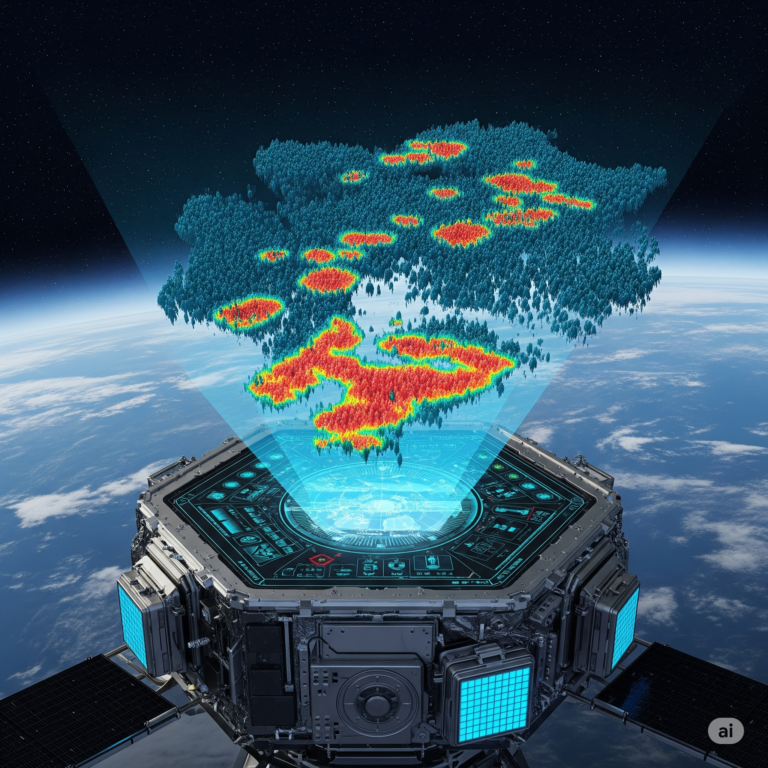On May 10, 2025, Pakistan initiated “Operation Bunyan-un-Marsoos,” a significant military response targeting Indian military installations in Jammu and Kashmir and Punjab. This operation was a direct retaliation to India’s earlier “Operation Sindoor,” which aimed at dismantling terrorist infrastructures in Pakistan-administered territories. The escalating tit-for-tat strikes between these nuclear-armed neighbors have raised global concerns about regional stability and the potential for a broader conflict.Reuters The Times
Background: Prelude to Retaliation
The immediate catalyst for this escalation was a terrorist attack on April 22, 2025, in Pahalgam, Indian-administered Kashmir, resulting in the deaths of 26 Hindu pilgrims. India attributed the attack to Pakistan-based militant groups, prompting a series of airstrikes under “Operation Sindoor” targeting alleged terrorist camps in Pakistan-administered Kashmir and Punjab. In response, Pakistan launched “Operation Bunyan-un-Marsoos,” translating to “Solid Wall of Lead,” signifying a firm and unified retaliation. Wikipedia The Times Financial Times Wikipedia India Today
Operation Bunyan-un-Marsoos: Execution and Targets
Key Targets and Impact:
- Missile Storage Sites: Pakistan targeted BrahMos missile storage facilities in the Beas region, aiming to disrupt India’s missile capabilities. Anadolu Ajansı
- Airfields: Airbases in Pathankot and Udhampur were struck, impacting India’s aerial defense readiness. The Guardian
- Military Installations: Brigade Headquarters at “K G Top” and a supply depot in Uri were destroyed, aiming to cripple logistical support.
- Cyber Attacks: Pakistan claimed to have conducted cyber operations that disrupted approximately 70% of India’s electricity grid, showcasing a multi-dimensional warfare approach.
Military Assets Utilized:
- Deployment of Fattah-1 ballistic missiles and Al-Fatah missile systems highlighted Pakistan’s strategic capabilities. Kashmir Media Service India Today DNA India
- The operation emphasized precision strikes, aiming to minimize collateral damage while delivering a strong message.
Escalation and International Reactions
Casualties and Damage:
- Reports indicate at least 48 fatalities since the onset of hostilities, including both military personnel and civilians. The Guardian Reuters
- Infrastructure damage includes destroyed military facilities and disrupted civilian utilities due to cyber attacks.The Time The Guardian
International Diplomacy:
- Global powers, including the U.S., China, and G7 nations, have expressed deep concern, urging both countries to exercise restraint and engage in dialogue. AP News The Times The Guardian
- The U.S. has offered to mediate, emphasizing the importance of de-escalation to maintain regional stability.The Times
Strategic Implications and Future Outlook
Military Posturing:
- Both nations have mobilized troops along the border, with increased aerial and artillery exchanges, indicating a significant escalation. The Guardian
Nuclear Concerns:
- Pakistan’s convening of its National Command Authority, responsible for nuclear oversight, underscores the gravity of the situation and raises concerns about potential nuclear engagement. The Guardian The Guardian Financial Times
Potential Scenarios:
- Continued Escalation: Without diplomatic intervention, the conflict may intensify, leading to broader military engagements.
- Stalemate and Ceasefire: International pressure could lead to a ceasefire, with both nations maintaining a tense but non-active conflict status.
- Diplomatic Resolution: Engagement in peace talks, possibly mediated by global powers, could pave the way for a long-term resolution.
Conclusion
“Operation Bunyan-un-Marsoos” marks a significant escalation in the India-Pakistan conflict, highlighting the fragile nature of peace in the region. The use of advanced military technology, cyber warfare, and the looming threat of nuclear engagement necessitate immediate international attention and diplomatic efforts to prevent further deterioration. The path forward requires measured responses, open communication channels, and a commitment to peaceful conflict resolution.









+ There are no comments
Add yours